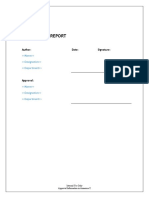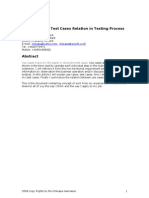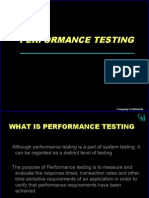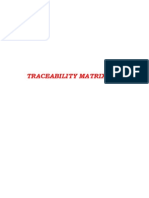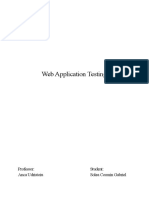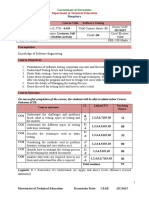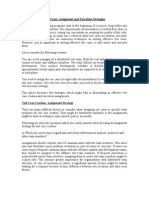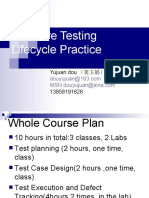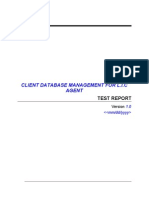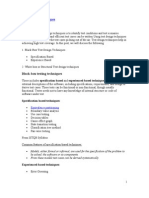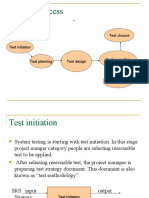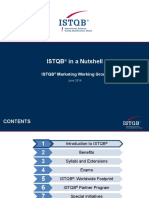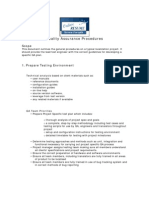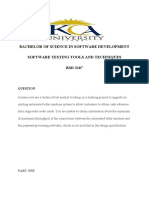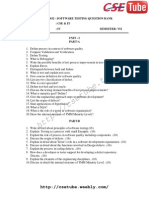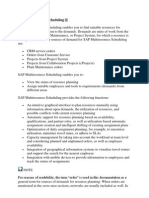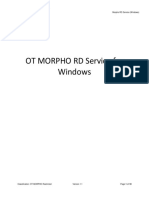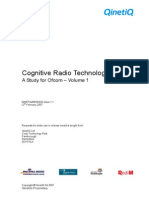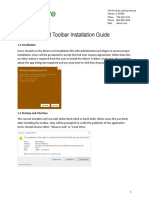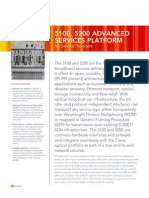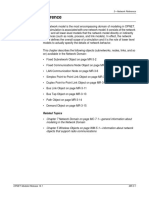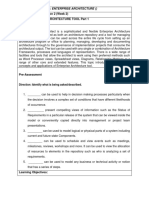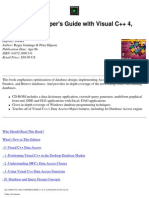0% found this document useful (0 votes)
126 views8 pagesUnit and Integration Test Plan
The document provides guidelines and a checklist for reviewing a Test Plan (Unit and Integration) document. It outlines the necessary sections and information that should be included in a Test Plan, such as general information about the project, definitions of specific tests, test execution details, and tables of contents. Reviewers will use the checklist to evaluate whether the Test Plan meets criteria for format, completeness, quality and other standards.
Uploaded by
SmartCopyright
© © All Rights Reserved
We take content rights seriously. If you suspect this is your content, claim it here.
Available Formats
Download as DOC, PDF, TXT or read online on Scribd
0% found this document useful (0 votes)
126 views8 pagesUnit and Integration Test Plan
The document provides guidelines and a checklist for reviewing a Test Plan (Unit and Integration) document. It outlines the necessary sections and information that should be included in a Test Plan, such as general information about the project, definitions of specific tests, test execution details, and tables of contents. Reviewers will use the checklist to evaluate whether the Test Plan meets criteria for format, completeness, quality and other standards.
Uploaded by
SmartCopyright
© © All Rights Reserved
We take content rights seriously. If you suspect this is your content, claim it here.
Available Formats
Download as DOC, PDF, TXT or read online on Scribd
/ 8




